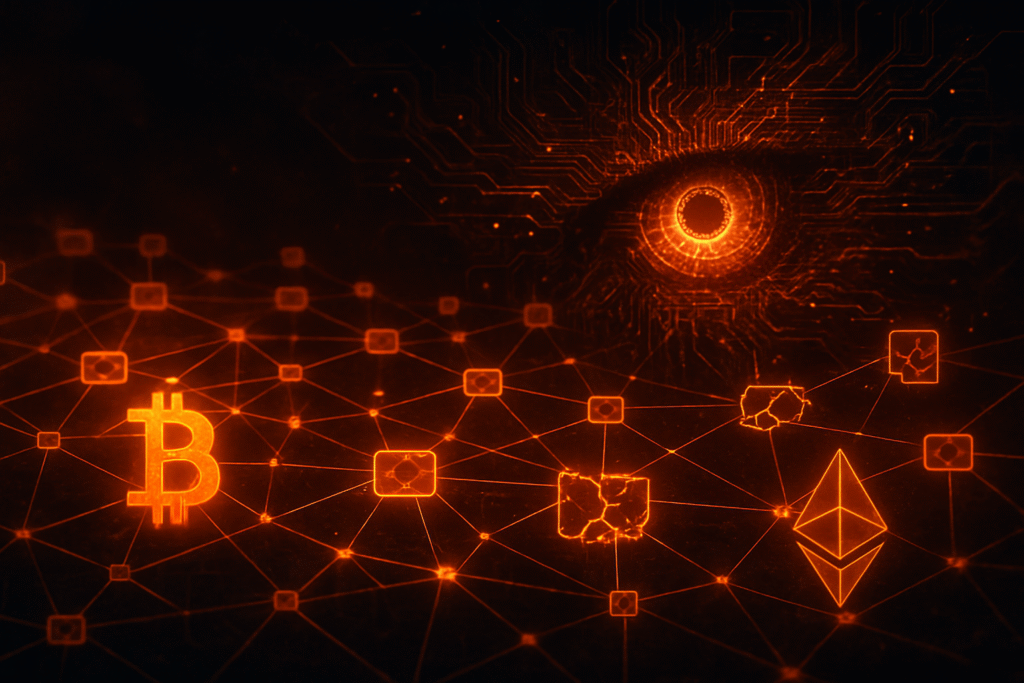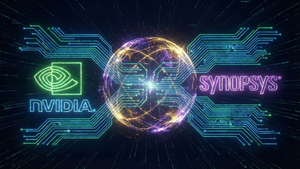
The cryptocurrency landscape is currently grappling with an insidious and rapidly evolving threat: the rise of AI-driven ransomware groups. As of October 2025, artificial intelligence has become the weapon of choice for cybercriminals, significantly lowering the barrier to entry and enabling more sophisticated, scalable, and devastating attacks on digital assets and blockchain infrastructure. This alarming development has sent ripples through the crypto community, prompting urgent calls for enhanced security measures and a reevaluation of existing defense strategies.
Recent reports indicate that approximately 80% of ransomware attacks are now powered by AI, with at least nine new AI-exploiting ransomware groups actively targeting the cryptocurrency sector. This surge underscores a critical shift in cyber warfare, where automated, adaptive, and highly personalized attacks are becoming the norm. The immediate market reaction has been one of heightened caution, with security firms issuing dire warnings and investors scrutinizing the resilience of their digital holdings. This matters profoundly for the crypto ecosystem as it not only threatens the financial stability of individuals and institutions but also erodes trust, potentially hindering mainstream adoption and the broader promise of Web3.
Market Impact and Price Action
While specific, widespread market crashes directly attributable to a single AI-driven ransomware attack haven't been recorded in isolation, the cumulative effect of these threats creates an underlying current of volatility and uncertainty. The constant threat of data breaches and asset exfiltration weighs heavily on investor sentiment, particularly concerning smaller cap tokens and projects with perceived security vulnerabilities. Expert analyses suggest that in Q2 2025, average ransom payments spiked to approximately $1.13 million, indicating the substantial financial drain these attacks impose, which indirectly impacts the capital available within the crypto economy.
Trading volumes for certain tokens associated with compromised entities or those operating in high-risk sectors (e.g., certain DeFi protocols) have shown increased variability, often dipping immediately following news of a significant cyber incident. Liquidity, while generally robust in major assets, can experience sudden contractions in niche markets if a project suffers a major breach, leading to cascading sell-offs. Technical analysis reveals that fear-driven sell-offs, often exacerbated by ransomware news, can quickly push asset prices below key support levels, triggering further downward pressure. Compared to past ransomware events, the AI-driven variants introduce a new layer of unpredictability; their polymorphic nature makes traditional signature-based defenses less effective, meaning recovery times and the extent of damage can be more severe, prolonging market instability. The sheer scale and automation of these new attacks suggest a sustained, rather than episodic, pressure on market confidence.
Community and Ecosystem Response
The crypto community's response to the escalating AI ransomware threat is a mix of alarm, proactive discussion, and a push for collective defense. Social media platforms like X (formerly Twitter) and Reddit are abuzz with discussions about best security practices, warnings about phishing and deepfake scams, and calls for developers to harden their protocols. Crypto influencers and thought leaders are increasingly dedicating content to cybersecurity awareness, emphasizing the importance of cold storage, multi-factor authentication (MFA), and vigilance against sophisticated social engineering tactics.
The effects on related DeFi protocols, NFT projects, and Web3 applications are particularly concerning. Many of these platforms are interconnected, meaning a breach in one area can have ripple effects across the ecosystem. Projects are now under immense pressure to undergo rigorous security audits and implement AI-powered threat detection systems. Some DeFi protocols are exploring decentralized insurance solutions to mitigate potential losses from such attacks, while NFT marketplaces are scrambling to protect user assets and digital identities from AI-enhanced doxxing and extortion schemes. The broader sentiment across crypto Twitter and Reddit reflects a growing understanding that cybersecurity is no longer an optional add-on but a fundamental pillar for the survival and growth of the decentralized world.
What's Next for Crypto
The short-term implications for the crypto market involve continued vigilance and a potential flight to perceived safer assets, such as Bitcoin (BTC) and Ethereum (ETH), during periods of heightened cyber activity. In the long term, this threat is a catalyst for profound innovation in blockchain security. We can expect to see a surge in demand for AI-powered cybersecurity solutions specifically tailored for the Web3 environment, alongside increased adoption of hardware security modules and more sophisticated identity verification protocols.
Potential catalysts to watch include significant governmental responses, such as stricter global regulations on cryptocurrency mixers and exchanges to combat money laundering by ransomware groups. Developments in quantum-resistant cryptography and decentralized identity solutions could also offer new lines of defense. Strategic considerations for projects and investors must include robust risk management frameworks, continuous security audits, and diversification of assets. Possible scenarios range from a continued arms race between AI attackers and AI defenders, leading to increasingly sophisticated threats and countermeasures, to a more collaborative global effort to dismantle ransomware infrastructure, potentially involving international law enforcement and intelligence agencies. The likelihood of the former seems higher in the immediate future, given the rapid pace of AI development.
Bottom Line
For crypto investors and enthusiasts, the key takeaway is clear: personal and institutional cybersecurity has never been more critical. The era of AI-driven ransomware demands a proactive, multi-layered defense strategy. This includes utilizing AI-powered threat detection, maintaining robust backup and recovery plans (the "3-2-1 rule"), employing strong authentication (MFA is non-negotiable), and continuous education on recognizing sophisticated social engineering attempts. Organizations are also strongly advised against stockpiling cryptocurrency for potential ransom payments, as this only incentivizes attackers.
The long-term significance of this trend lies in its potential to accelerate the maturation of the crypto space. While challenging, it forces the industry to build more resilient, secure, and trustworthy systems. This could ultimately bolster crypto adoption by demonstrating its ability to withstand even the most advanced cyber threats. Important metrics to monitor include the frequency and sophistication of reported attacks, average ransom payment amounts, and the success rates of new AI-powered defensive technologies. The ongoing collaboration between public and private sectors, exemplified by initiatives from the FBI and international bodies, will also be crucial in shaping the future security landscape of digital assets.
This article is for informational purposes only and does not constitute financial or investment advice. Cryptocurrency investments carry significant risk.






